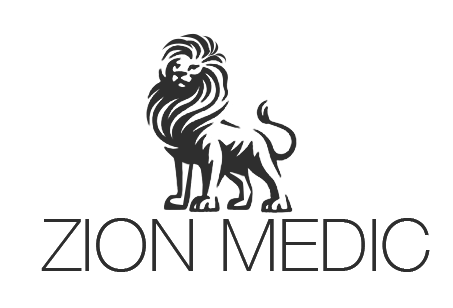Coronary angioplasty and stenting have revolutionized the treatment of coronary artery disease (CAD), offering patients a minimally invasive solution to restore blood flow to the heart and alleviate symptoms such as chest pain and shortness of breath. At Zion Medic, we’re committed to providing valuable information about this lifesaving procedure to empower patients and promote heart health.
What is Coronary Angioplasty and Stenting?
Coronary angioplasty, also known as percutaneous coronary intervention (PCI), involves the use of a balloon-tipped catheter to open narrowed or blocked coronary arteries—the blood vessels that supply oxygen-rich blood to the heart muscle. During the procedure, a catheter is inserted through a blood vessel, usually in the groin or wrist, and guided to the affected artery. Once in place, a small balloon at the tip of the catheter is inflated to compress the plaque buildup against the artery walls, widening the narrowed segment and restoring blood flow.
In many cases, coronary angioplasty is accompanied by stent placement. A stent is a small, mesh-like tube made of metal or polymer that is inserted into the artery to help keep it open after the balloon is deflated and removed. Stents act as scaffolds, providing structural support to prevent the artery from collapsing or re-narrowing (restenosis) and promoting optimal blood flow to the heart.
Benefits of Coronary Angioplasty and Stenting
Coronary angioplasty and stenting offer several advantages for patients with CAD:
- Immediate Relief: Angioplasty quickly restores blood flow to the heart muscle, relieving symptoms such as chest pain (angina) and improving overall heart function.
- Minimally Invasive: Compared to traditional open-heart surgery, angioplasty is a minimally invasive procedure that requires only a small incision, resulting in shorter hospital stays, faster recovery times, and reduced risk of complications.
- High Success Rate: Angioplasty and stenting have a high success rate in opening blocked arteries and restoring blood flow, with most patients experiencing significant improvement in symptoms and quality of life.
- Prevention of Heart Attack: By restoring blood flow to the heart, angioplasty helps prevent further damage to the heart muscle and reduces the risk of heart attack and other cardiovascular complications.
- Long-term Benefits: With proper medication and lifestyle modifications, the benefits of angioplasty and stenting can be long-lasting, allowing patients to lead active and fulfilling lives while managing their heart health.
Conclusion
Coronary angioplasty and stenting are cornerstone procedures in the management of coronary artery disease, offering patients a safe, effective, and minimally invasive solution to restore blood flow to the heart and alleviate symptoms. At Zion Medic, we prioritize patient education and empowerment, providing comprehensive information about coronary interventions to help individuals make informed decisions about their heart health.
If you or a loved one is considering coronary angioplasty and stenting, we encourage you to consult with our experienced medical team to discuss your options and develop a personalized treatment plan tailored to your needs. Together, we can embark on a journey towards better heart health and improved quality of life.


